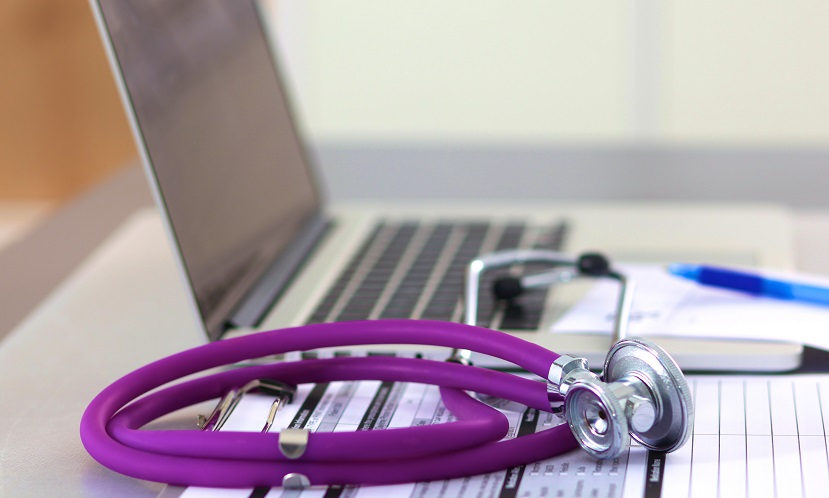It is an integrated IT system created for medical centers and their establishing entities, which allows for medical data to be archived, processed and made available digitally, in connection with diagnostics and treatment. The concept of the Regional Medical Platform is a response to the growing need to ensure the efficiency and quality of medical units’operations and patients’ access to services. The increase in the volume of information about patients’ health, together with the need for data archiving or transfer between or within the centers, are important aspects of this. The Regional Medical Platform operates as a cell between the P1 platform and medical centers. Another stimulus to improve healthcare services is posed by the need to ensure access to medical data regardless of the patients’ physical location. In the computerization of medical centers, remote medical care is a major priority. Information about patients’ health is transmitted via mobile devices, using the telecommunications infrastructure, to the medical center, allowing for quick analysis and remote medical assistance. All this makes it necessary to implement a universal integrated solution to allow digital data collection and sharing between medical centers operating and collaborating in a particular region. The system is addressed to regional government offices, which are the establishing entities for healthcare centers and are responsible for developing healthcare policy in the subordinate units. The system is aimed at supporting and ensuring access to medical services addressed both to patients and doctors, as well as to managers of public institutions.
 Comarch e-Health PlatformIntegrating medical entities in the region
Comarch e-Health PlatformIntegrating medical entities in the region





